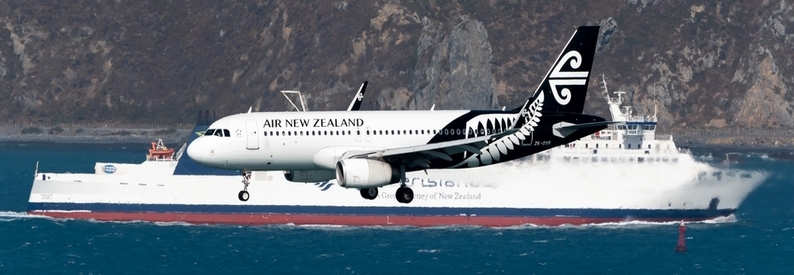Air New Zealand’s 2025 Profits Slump Due to Engine Issues

Air New Zealand has announced a projected decline in profits for 2025, attributing the downturn to ongoing aero engine problems affecting its fleet. In a recent financial guidance release on November 25, 2024, the Auckland-based airline revealed that up to six of its Airbus A320neo family aircraft and four Boeing 787 Dreamliners are currently out of service due to persistent engine issues. This outage accounts for approximately 16% of Air New Zealand’s total fleet, significantly impacting the carrier’s operational capacity.
Impact on Profit Forecast
For the first half of its 2025 financial year, which concludes on December 31, 2024, Air New Zealand forecasts profits before taxation to range between NZ$120 million ($70.15 million) and NZ$160 million. This projection marks a substantial decrease from the NZ$185 million pre-tax profit recorded during the first six months of the 2024 financial year. The airline highlighted that ongoing uncertainties make it challenging to provide a full-year financial forecast at this time.
Fleet Grounded Due to Engine Issues
The root cause of the profit dip lies in the extensive engine maintenance delays affecting both the A320neo and Boeing 787 fleets. Earlier in 2024, Air New Zealand disclosed that maintenance requirements for its Pratt & Whitney geared-fan aero engines had grounded up to six Airbus A320neo aircraft. Concurrently, issues with Rolls-Royce Trent 1000 engines have led to the temporary grounding of four Boeing 787 Dreamliners. These technical challenges have reduced the airline’s available capacity, straining its ability to meet passenger demand.
Soft Domestic Demand and Mixed Travel Segments
Air New Zealand reported that demand for domestic travel within New Zealand remains subdued, accounting for 65% of the airline’s passenger traffic. While corporate travel is showing signs of improvement, government-sponsored travel continues to lag. This mixed demand scenario exacerbates the financial strain caused by the grounded fleet, limiting the airline’s ability to offset losses through increased passenger numbers in other segments.
Future Outlook and Strategic Measures
Air New Zealand anticipates that the engine-related availability issues will persist well into 2026. In response, the airline is actively exploring options to lease additional aircraft to bolster its capacity ahead of the southern hemisphere’s summer peak travel season. These measures aim to mitigate the impact of ongoing maintenance delays and ensure sufficient flight availability for passengers.
The airline’s current fleet comprises 17 older Airbus A320s and 18 A320neo family planes, alongside 10 Boeing 787-9s, of which four are inactive and one is stored long-term at Alice Springs Airport (ASP) in Australia. Despite these challenges, Air New Zealand remains committed to maintaining its service standards and operational efficiency.
Industry-Wide Engine Challenges
Air New Zealand is not alone in facing engine-related disruptions. Other major airlines, including British Airways and Virgin Atlantic, are also grappling with similar issues affecting their fleets. British Airways has adjusted its 2025 flying program by reducing flight frequencies, discontinuing certain routes, and delaying new service launches. Virgin Atlantic, operating Trent 1000-powered Boeing 787s, has postponed flights to Tel Aviv and Accra until late 2025 due to supply chain disruptions in sourcing spare parts.
Related News : https://suspicious-zhukovsky.67-21-117-18.plesk.page/?s=Air+New+Zealand
